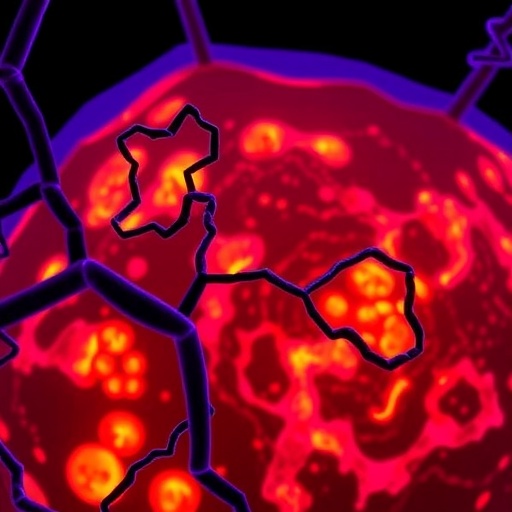Scientists at the University of Bristol are engineering human skin on artificial robotic muscles that can stretch and bend the tissue just like in the real world. This living and moving skin equivalent represents a much more realistic model of human skin and it could have potential applications for burns patients needing skin grafts.
Currently, skin models are flat and static because they are grown on a rigid plastic membrane and there is no laboratory model of moving skin. Now a team, led by Dr Sara Correia Carreira from the University of Bristol, are combining their expertise in biology, robotics and bio-engineering to create a realistic model of skin which could also improve the mechanical properties of bioengineered tissue.
The team plan to replace the rigid membrane with something stretchy that will mimic the muscles underneath real skin. This way, natural movements can be applied to the engineered skin, which could improve the mechanical properties of the tissue so that it closely matches the characteristics of real skin.
The skin model will be used to test the penetration of topically applied medication as skin moves, and to evaluate if it will offer a more realistic and life-like alternative to current static models.
Interfacing bioengineered skin with robotic muscles also has the potential to revolutionise healthcare because skin grafts needed to treat burns and wounds could be engineered under more life-like conditions. This could make them more successful transplants, which are less likely to tear or be rejected because their structure more closely resembles that of real skin. However, the biggest challenge for the team will be finding a way of growing the skin on the robotic muscles underneath, which is what has never been done before and is unchartered territory.
Dr Sara Correia Carreira from Bristol's Faculty of Health Sciences, said: "As a child I remember being fascinated by the robotic hand of Luke Skywalker in Star Wars -The Empire Strikes Back. Interfacing the living with the non-living to restore function or create something entirely new seemed a tremendously exciting idea.
"In this project, robotic muscles will help us to include natural movements in our laboratory models of human skin, and they will also be a mechanism to engineer better replacement tissues for transplantation. This could be a real game-changer in healthcare."
The three-year ground-breaking study began on 1 March 2018 and is being funded through the University of Bristol's first cohort of 12 Vice-Chancellor's Fellows, which started in the current academic year 2017-18, and to date one of the Fellowships has been fully philanthropically funded.
###
For more information about the Vice-Chancellor's Fellowships visit http://www.bristol.ac.uk/vc-fellows/
For further information or to interview Dr Sara Correia Carreira, please contact the University of Bristol Press Office, tel +44 (0)117 39 40227, email, [email protected] [Mon to Wed] and [email protected] [Wed to Friday].
Issued by the University of Bristol, UK
Media Contact
Joanne Fryer / Caroline Clancy
44-011-739-40227
@BristolUni
http://www.bristol.ac.uk




